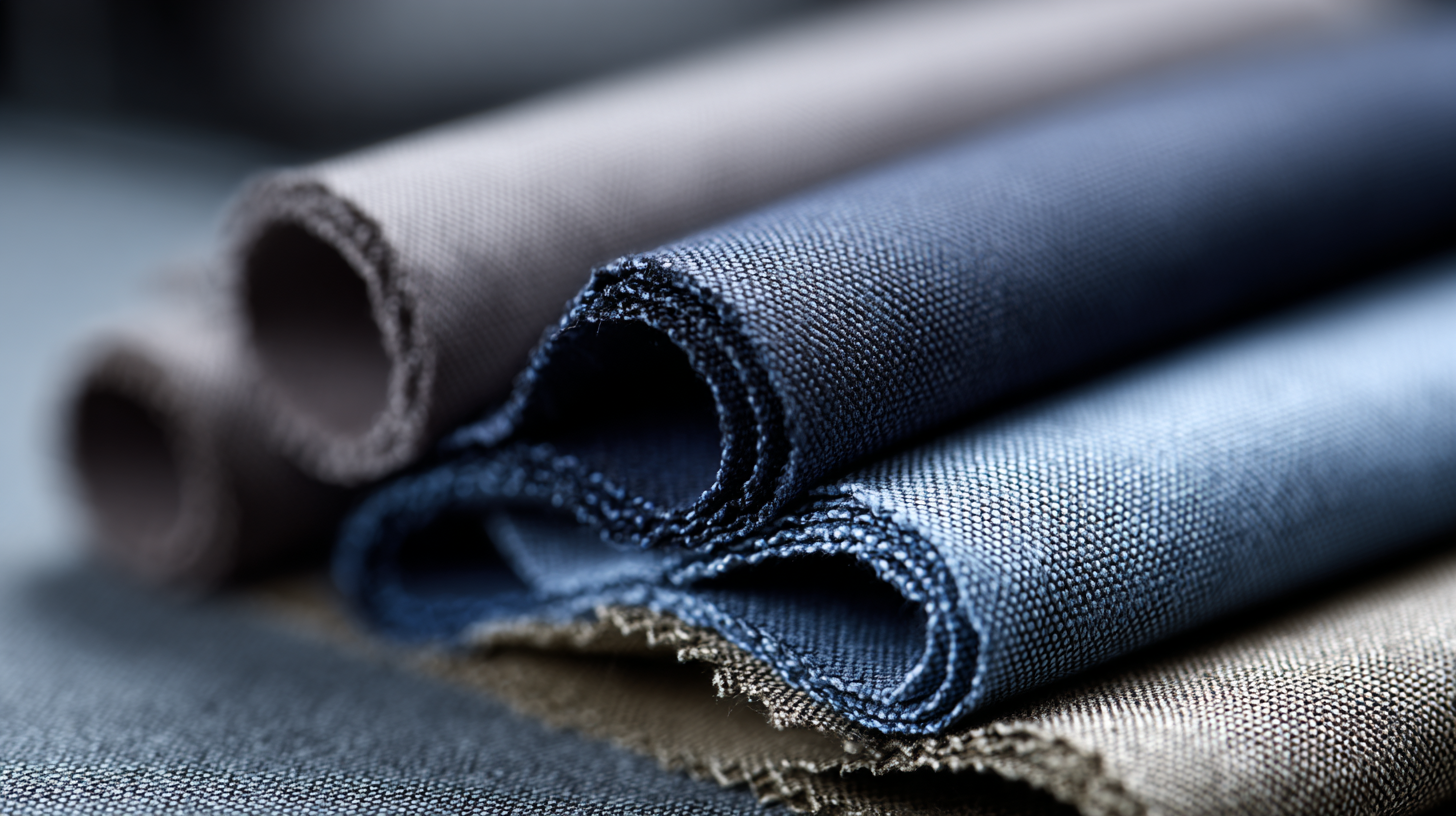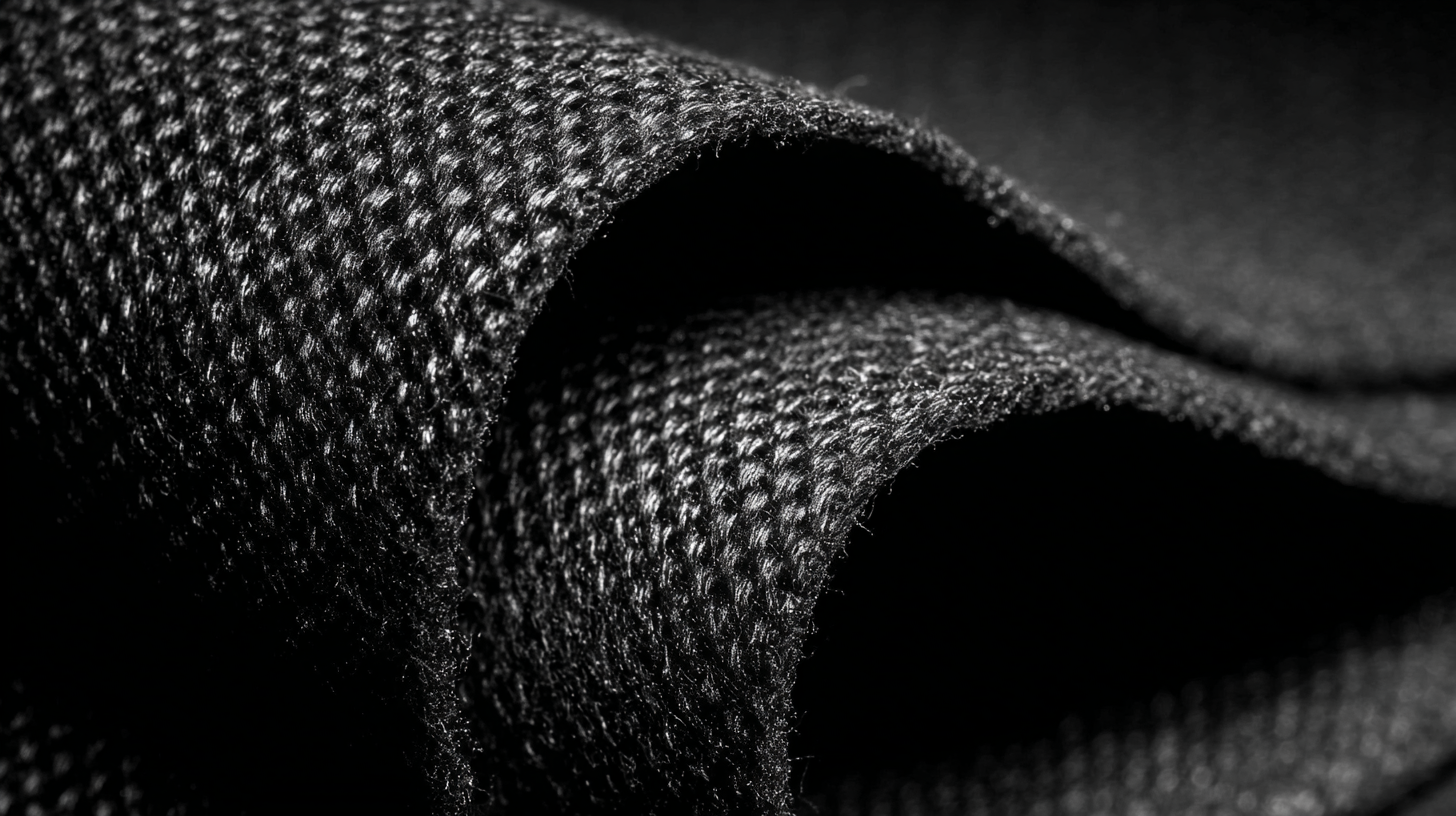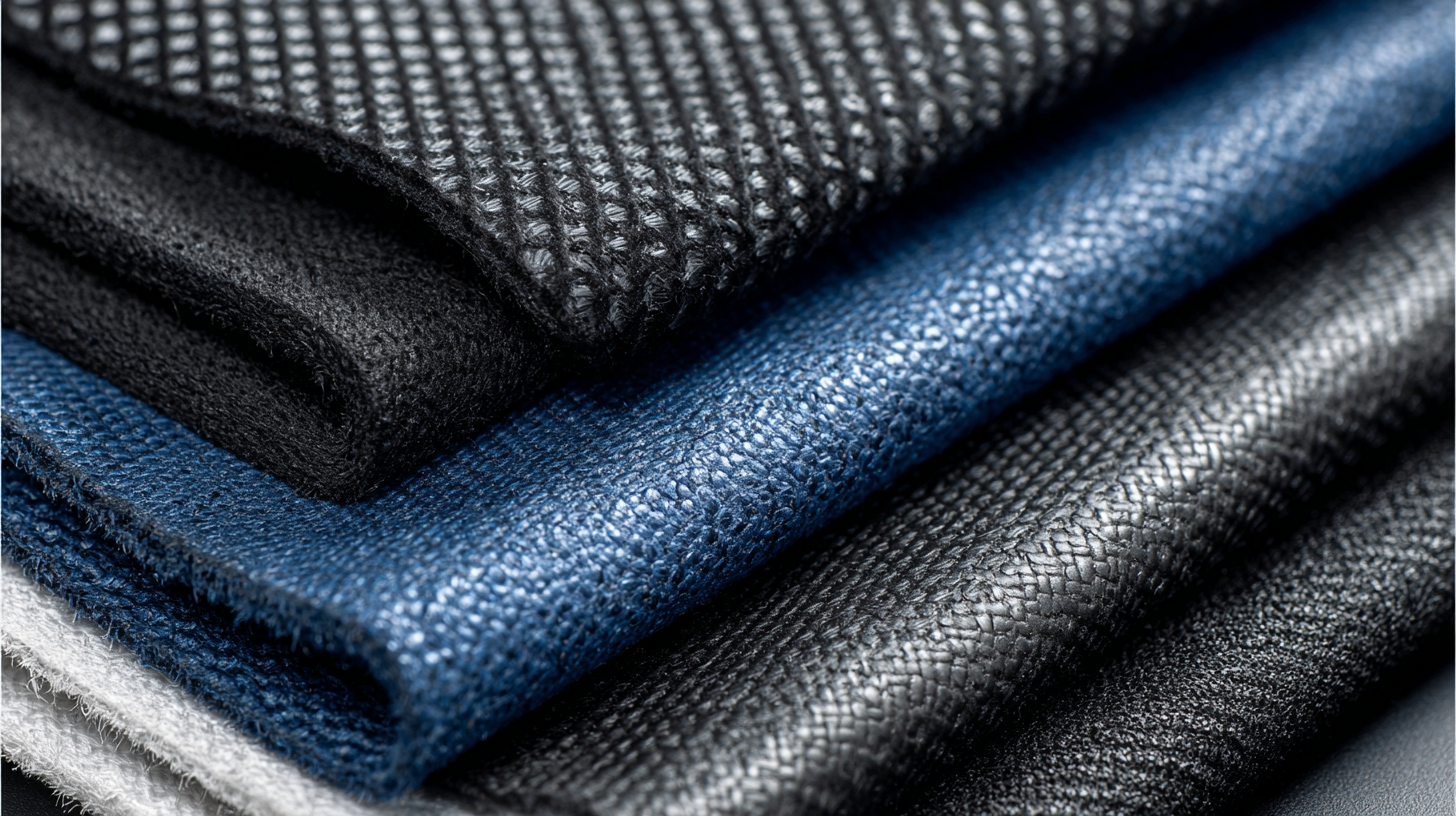
-
Home
-
Products
-
About Us
-
News
-
Blog
-
Video
-
Contact
Leave Your Message

In today's world, the demand for safety and protection is paramount, especially in various industries where the threat of stabbing incidents exists. When it comes to ensuring safety, choosing the right stab resistant fabric is crucial. This guide aims to provide comprehensive insights into what you should consider when selecting the best stab resistant fabric for your specific needs. We will explore the advantages of effective after-sales service and the potential costs associated with repairs, ensuring that you not only invest wisely but also save costs in the long run. Additionally, we will provide practical examples to illustrate the different types of stab resistant fabrics available, helping you comprehend the characteristics that set them apart. By the end of this guide, you will be equipped with the knowledge necessary to make a well-informed decision when it comes to safeguarding yourself or your workforce.

When selecting stab resistant fabrics, it is essential to understand their key features and functions. Stab resistant fabrics are designed to protect against puncture injuries and are commonly used in personal protective equipment, such as vests and clothing. The materials often incorporate layers of high-performance fibers that enhance their ability to absorb and disperse energy from sharp objects. Additionally, the fabric's thickness and weave density play a significant role in its effectiveness against stabbing threats.

Tip: When assessing fabric options, always look for certifications and standards that indicate the level of protection they offer. Fabrics that meet the Standards for Body Armor (such as NIJ standards) ensure you are getting reliable protection.
Another crucial aspect to consider is the flexibility and comfort of the fabric. A balance between protection and wearability is necessary, especially for those who need to wear stab resistant clothing for extended periods. Innovative brands are now developing lightweight and breathable materials that don’t compromise safety while providing comfort.
Tip: Prioritize fabrics with moisture-wicking properties to enhance comfort and reduce heat buildup during physical activities. This is particularly important if you will be using the clothing in demanding environments.
In 2025, the demand for stab-resistant fabrics is set to rise significantly due to advancements in technology and increasing concerns about personal safety and security. According to the World Economic Forum's latest report on emerging technologies, innovations in material science such as smart textiles and improved polymers are reshaping the landscape of protective fabrics. These materials not only promise enhanced durability and resistance to punctures but also integrate features like breathability and flexibility that were previously unattainable.
Emerging technologies such as AI and advanced manufacturing processes are playing a pivotal role in revolutionizing the production of stab-resistant materials. As reported, companies are increasingly leveraging AI to optimize their supply chains, ensuring that they can meet rising consumer demands efficiently. Furthermore, innovations like bio-based materials are becoming more prevalent, with recent developments indicating a shift towards sustainable solutions that do not compromise on safety.
This trend aligns with a broader commitment within the tech industry to reduce environmental impacts while enhancing product performance, marking a significant step forward for those investing in protective wearables.
 When selecting a stab-resistant fabric, understanding the differences between traditional and innovative options is crucial. Traditional fabrics, like Kevlar and steel mesh, have long been trusted for their proven protective capabilities. Kevlar, with its high tensile strength and lightweight nature, offers a balance of protection and comfort, making it a staple in the industry. However, these materials can often be rigid and less flexible, which might limit their usability in dynamic environments.
When selecting a stab-resistant fabric, understanding the differences between traditional and innovative options is crucial. Traditional fabrics, like Kevlar and steel mesh, have long been trusted for their proven protective capabilities. Kevlar, with its high tensile strength and lightweight nature, offers a balance of protection and comfort, making it a staple in the industry. However, these materials can often be rigid and less flexible, which might limit their usability in dynamic environments.
On the other hand, innovative fabrics are increasingly gaining attention for their enhanced properties. Advanced materials like Dyneema and S spectra provide not only superior stab resistance but also added benefits such as increased breathability and flexibility. These modern fabrics often incorporate technology that allows for better moisture management and weight reduction. As a result, they can be more suitable for extended wear, especially in scenarios requiring mobility and comfort. When evaluating your needs, consider the specific use case—whether you prioritize maximum protection or require a lightweight and flexible solution—guiding you toward the best stab-resistant fabric for your situation.
When it comes to selecting the right stab resistant fabric, understanding your specific needs is paramount. The global market for protective fabrics is on an upward trajectory, with projections predicting growth from $3.54 billion in 2024 to $5.44 billion by 2032, reflecting a compound annual growth rate (CAGR) of 5.5%. This growth is driven by increasing awareness regarding personal safety and the heightened focus on secure work environments, influenced by economic progress.
Choosing the most suitable stab-resistant fabric involves evaluating various factors, such as the fabric's materials, durability, and protection level. For instance, specialized protective fabrics have emerged in response to an evolving demand. Recent reports indicate a rising trend towards functional apparel that not only provides defense against physical threats but also aids in temperature regulation, as industries increasingly prioritize safety in their supply chains.
As consumers, being informed about the various characteristics and standards of stab-resistant fabrics can significantly impact your purchasing decisions and overall safety.
As the demand for stab-resistant fabrics evolves, future trends in sustainability and performance are set to reshape the industry. Manufacturers are increasingly recognizing the importance of eco-friendly materials without compromising on strength and durability. Innovations in bio-based fibers and recycled components not only reduce environmental impact but also deliver high-performance characteristics essential for personal and industrial safety gear. By integrating sustainable practices into the production process, brands can cater to consumers who prioritize ethical choices while ensuring their products meet rigorous safety standards.
Furthermore, advancements in technology are enhancing the performance of stab-resistant fabrics. Developments such as smart textiles, which can adapt to environmental conditions and provide additional protection, are on the rise. These fabrics offer not only resistance to penetration but also enhanced comfort and flexibility for the wearer. As the market continues to shift towards combining sustainability with cutting-edge technology, consumers can expect a new wave of products that not only defend against threats but also align with an eco-conscious lifestyle. The future of stab-resistant materials is promising, as brands strive to balance effective protection with a commitment to the planet.